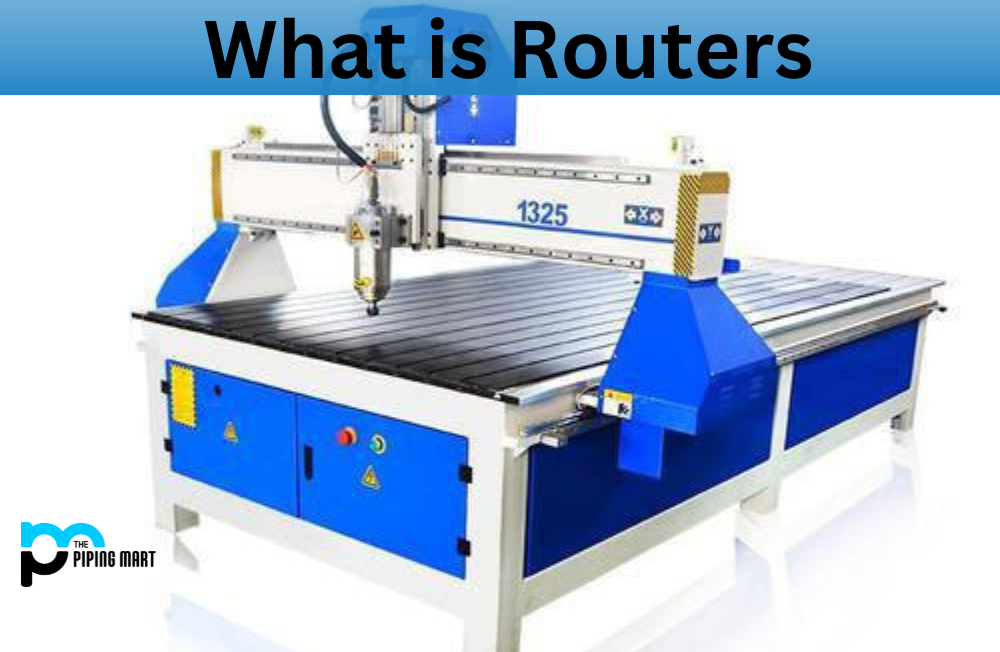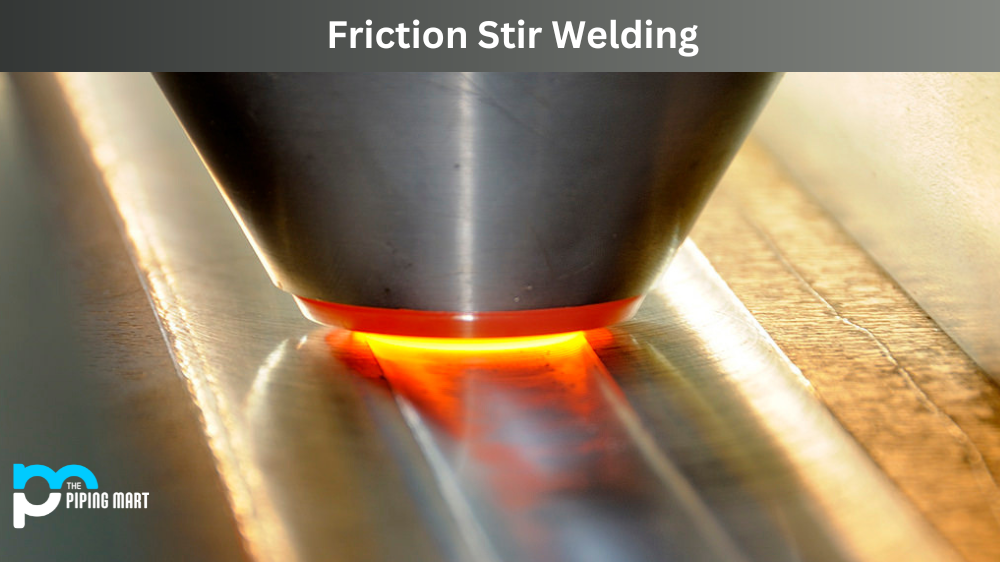Are you looking to purchase a Router CNC Machine – but need to know what it is and how to set it up and operate it? You’re not alone! This type of technology has picked up steam in recent years, with more and more people wanting to use their machines in the comfort of their homes. With that in mind, let’s dive into precisely what router CNC machine is, their uses, and finally, how they work.
What is Router?
A router is a machine that carries out material like wood or plastic. Routers are often used in woodworking but can also be used to carve out other materials, like foam or aluminium. Routers are very versatile machines that can be used for various applications.
Routers can be used for both decorative and functional purposes. For example, routers can create detailed carvings, mouldings, and inlays. They can also be used to create functional items like door hinges and doorknobs.
Routers are commonly used in CNC (Computer Numerical Control) machining. In CNC machining, routers are controlled by a computer program that tells the router how to move and what to cut. This allows for exact cuts and detailed designs.
CNC machining is often used for prototyping or small-scale production runs. It is also frequently used to create custom parts or one-of-a-kind items.
How Does a Router Work?
Routers work by spinning a bit at high speeds. The bit is held in place by the router’s collet (or chuck). The collet is part of the router that has the bit in place and tightens it so it doesn’t come loose while the router runs.
The router’s bit spins at high speeds (usually between 10,000 and 24,000 RPM). As the bit spins, it cuts away at the material. The speed at which the bit spins will determine how deep it cuts into the material.
Router bits come in a wide variety of shapes and sizes. The type of bit you use will depend on the application you’re using the router for. For example, if you’re using a router to create detailed carvings, you’ll need to use a tiny bit with a very sharp point. However, if you’re using a router to create more oversized items, like cabinet doors, you’ll need to use a more significant bit with a less sharp point.
There are two main types of routers:
Plunge routers and fixed base routers.
Plunge routers are designed so that the bit can be lowered into (or “plunged into”) the material. This allows for more versatility when routing because you can start your cut anywhere on the material’s surface. Fixed base routers have bits that cannot be lowered into the material; they can only make cuts along the material’s surface.
Routers Uses
Various industries use routers CNC machines to perform intricate work quickly and accurately. Working with wood, plastic, and metals, these machines use computer-aided designs to create parts for furniture, cabinets, and other products that require precision. With the ability to cut complex shapes in any material with incredible speed and accuracy, CNC machines can cut time off production lines by consolidating multiple processes into one. The use of routers also makes it easier to repeat custom designs repeatedly, allowing for increased efficiency and productivity in a wide range of manufacturing industries.
Conclusion:
Routers are versatile machines for various applications—from decorative carving to functional cutting tasks. They work by spinning a cutting bit at high speeds, which cuts into the material being worked on. Routers come in two main varieties—plunge routers and fixed base routers—and each has advantages and disadvantages depending on your needs. No matter your application, there’s sure to be a router out there that’s perfect for the job!

Pipingmart is a B2B portal that specializes in metal, industrial and piping items. Additionally, we share the latest information and information about materials, products and various types of grades to assist businesses that are involved in this business.




